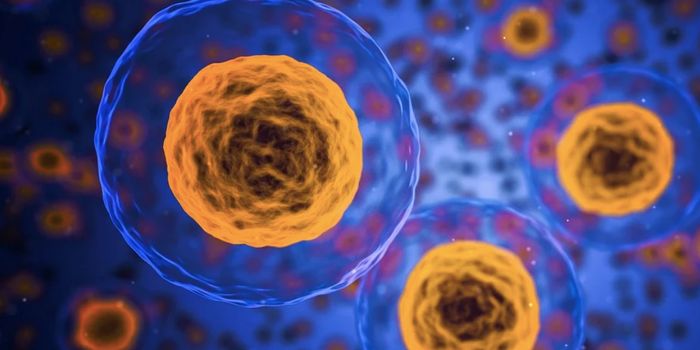How Worms Can Help Researchers Learn More About PTSD
Memory often involves associating two things - the color of a traffic light indicates whether to stop or go; or Pavlov’s dogs linked the sound of a bell to mealtime, for example. Animals and humans need associative learning to survive, in part by anticipating things that will happen. But we don’t know much about how memories are used to prepare for adversity. Scientists in the Genetics Department of Hebrew University wanted to learn more about how animals learn from past events and use them for the future. They found that even a simple creature like the nematode worm C. elegans can form these kinds of memories. Reporting in Current Biology, the team found the neurons that contain these memories, and the cellular processes that occur as worms use those memories to deal with life.
A naive worm, that did not go through the training, likes the scent and lingers nearby.
"We trained the worms to form associative memories,” explained Dr. Alon Zaslaver. "However, that instead of feeding the worms like with Pavlov's dogs, we starved them for a day, and instead of ringing a bell, we sprayed a scent that the worms like. We hoped that by linking this odor with hunger, the worms would learn that from now on this pleasant odor signals a distressed situation."
The day after the worms had been trained, the worms were well fed and exposed to the smell again. They reacted, quickly getting into a defensive mode and activating genes that protect against stress. What was once a pleasant scent now had a totally different impact; the worms had associated the smell with a stressful lack of food. But experiencing that stress seemed to have equipped them to deal with it.
"However, when we again subjected the worms to starvation, they were better able to survive the hardship than before their associative-learning training. In a way, their PTSD had helped them," Zaslaver explained.
C. elegans is a great model in part because it is so simple - it only has 302 neurons. "It was wonderful to pinpoint the exact neurons that hold associative memories. It's very rare that you can look at a neuron and say 'Here, here is the memory,’" added Zaslaver.
This worm learned to associate the pleasant scent with starvation. Therefore, it is repelled by the scent contained in the red stripe and won't cross it.
After the researchers found the memory-containing neurons, they engineered new worms using optogenetic techniques; the neurons controlling the fight-or-flight instinct were activated when a light shined on them. Now they didn’t need to use the odor, the neurons where starvation memories resided could be activated, and the worms got stressed.
Humans exhibit a similar response in post-traumatic stress disorder (PTSD). PTSD develops after a traumatic event. Something like a scent or visual stimulus can trigger memories of the event, causing anxiety attacks and stress disorders.
The team wants to use this work to gain new insight into PTSD, and potentially to identify new treatments.
Sources: AAAS/Eurekalert! Via Hebrew University of Jerusalem, Current Biology








